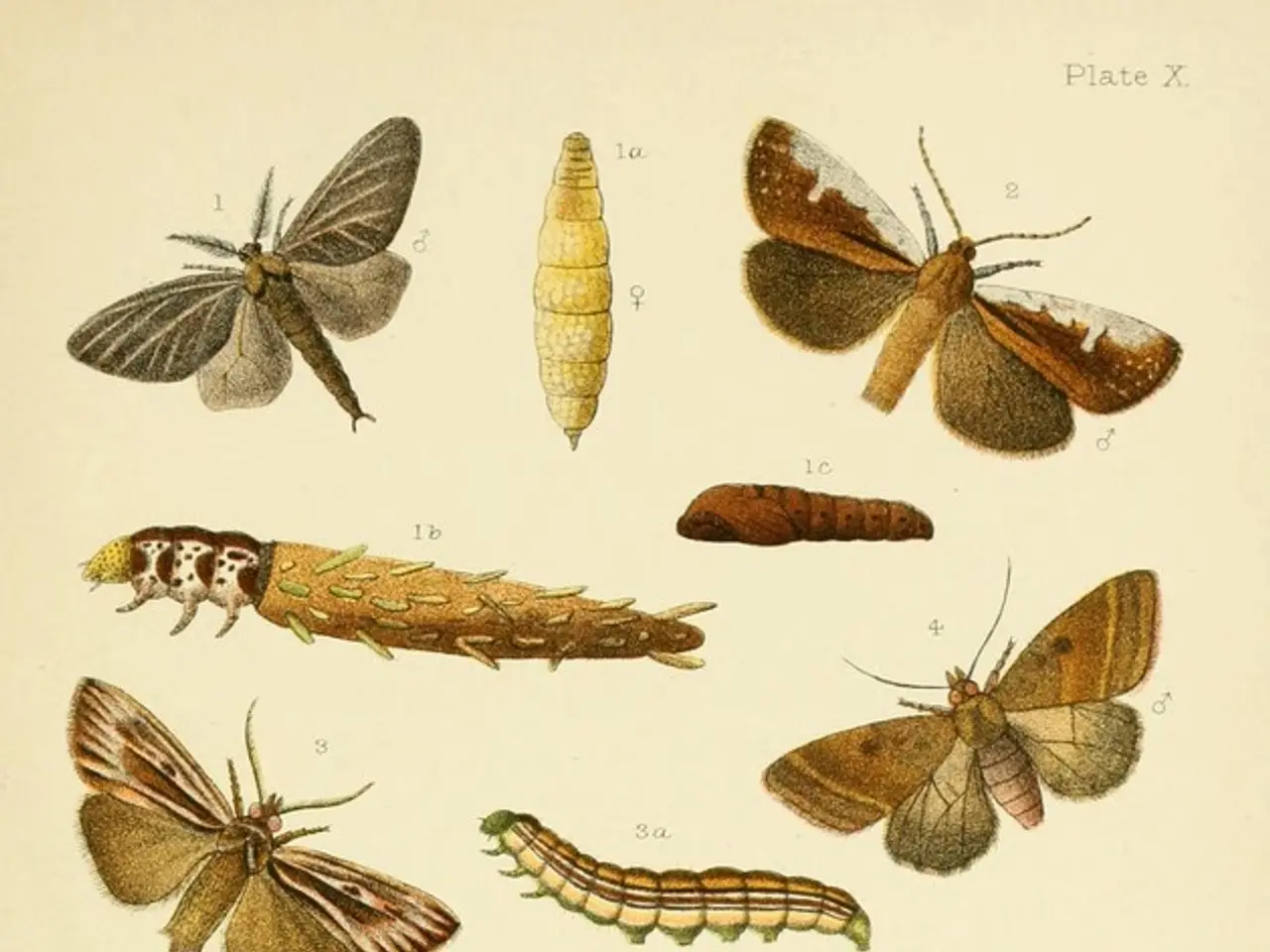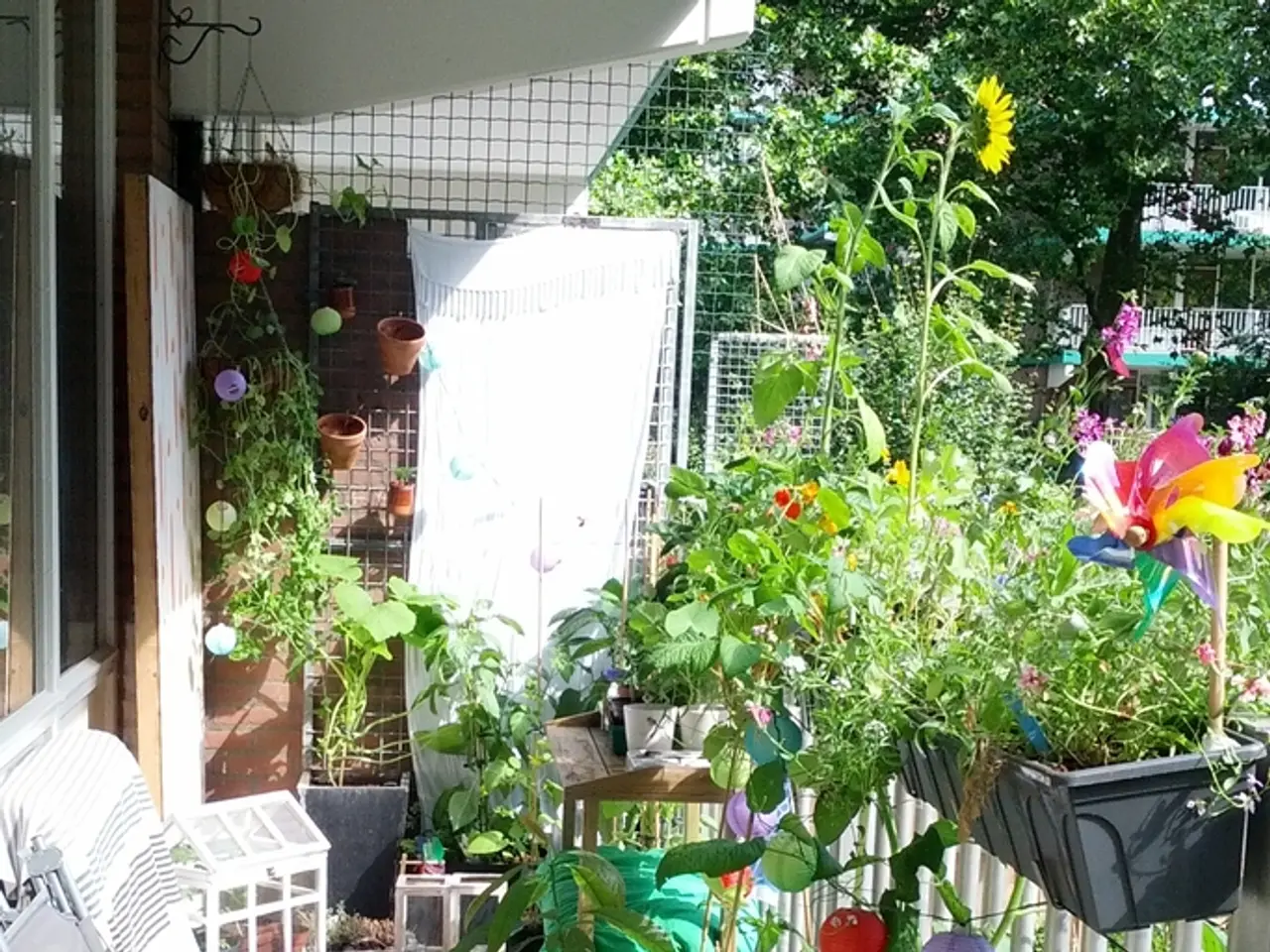Strategies for enticing orioles into your garden: Advice from seasoned experts on suitable foods to offer for the arrival of these colorful birds.
In the heart of spring, as the days grow longer and the weather warms, a splash of colour can be a welcome sight in any backyard. One such vibrant visitor is the oriole, a family of birds known for their bright plumage and melodious songs. Here's how to create an inviting environment for these colourful creatures.
Orioles have a penchant for sweet treats and a diet that closely resembles their natural preferences. **Fruits** such as mulberries, cherries, dark grapes, and orange halves are favourites, particularly when served fruit-side up on feeders or platforms. For a sweet treat more akin to hummingbird nectar, consider a homemade nectar solution (4 parts water to 1 part sugar, boiled and cooled) in specially designed oriole feeders.
Insects are another essential part of an oriole's diet, especially after they have nestled their young. Caterpillars, beetles, snails, and spiders are all on the menu. Planting nectar-producing flowers such as trumpet vine, bee balm, and columbine can help attract these protein-rich creatures by providing natural nectar sources.
Creating an oriole-friendly environment extends beyond food offerings. Orioles prefer large leafy trees like maples, elms, and sycamores, especially along forest edges or riverbanks where they build their hanging nests. Use oriole-specific feeders or make a homemade feeder by twisting wire to hold orange halves or slices.
Timing is crucial when attracting orioles. They are migratory and mostly present from April to September in North America, with peak activity during migration seasons (April-May and July-September). Setting out feeders too early or too late might not attract them.
It's also essential to avoid typical seed feeders as orioles generally do not eat seed mixes popular with other birds. To make your yard more enticing for orioles, limit or avoid using insecticides.
In most of the eastern part of the continent, there are only two species of orioles: the Baltimore and the Orchard. These orioles can be found among second-growth trees, edges of mature forests, and other deciduous woodlands. By planting mulberries or chokecherry (Prunus virginiana), you can provide a food source for both Baltimore and Orchard orioles.
Unfortunately, seven of the eight regularly occurring species of orioles in the US are decreasing in population, primarily due to habitat loss. By taking the seasons into consideration and creating an oriole-friendly backyard, you can help support these beautiful birds and enjoy their presence in your garden.
So, as the days grow warmer and longer, why not welcome these vibrant visitors into your backyard? Their melodious whistling songs and splashes of colour are sure to bring a smile to your face.
- To create an inviting environment for orioles, serve them their preferred sweet treats such as mulberries, cherries, dark grapes, and orange halves.
- For a treat resembling hummingbird nectar, consider a homemade nectar solution (4 parts water to 1 part sugar, boiled and cooled) in specially designed oriole feeders.
- Planting nectar-producing flowers like trumpet vine, bee balm, and columbine can help attract insects that are an essential part of an oriole's diet.
- Orioles prefer large leafy trees like maples, elms, and sycamores, especially along forest edges or riverbanks where they build their hanging nests.
- To make your yard more enticing for orioles, limit or avoid using insecticides, as orioles generally do not eat seed mixes popular with other birds.
- By planting mulberries or chokecherry (Prunus virginiana), you can provide a food source for both Baltimore and Orchard orioles, species that are decreasing in population due to habitat loss.




